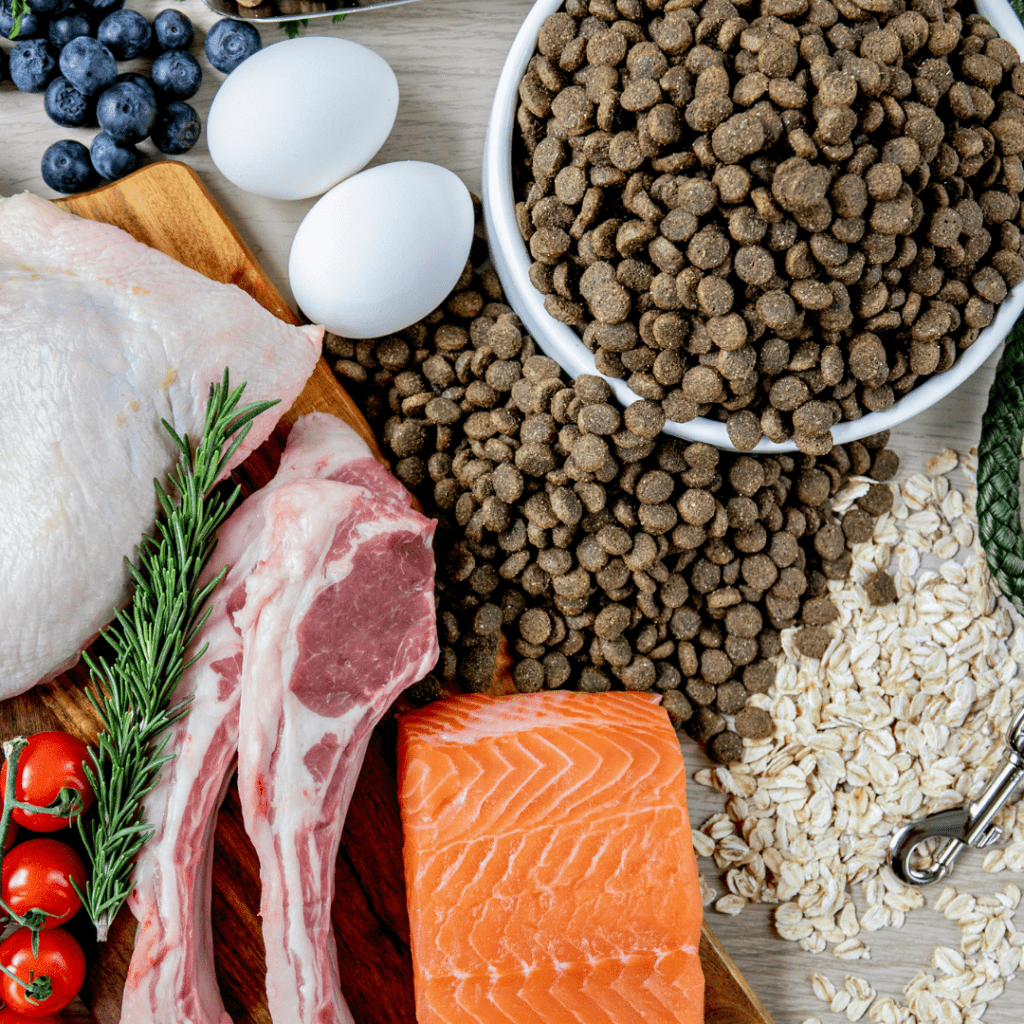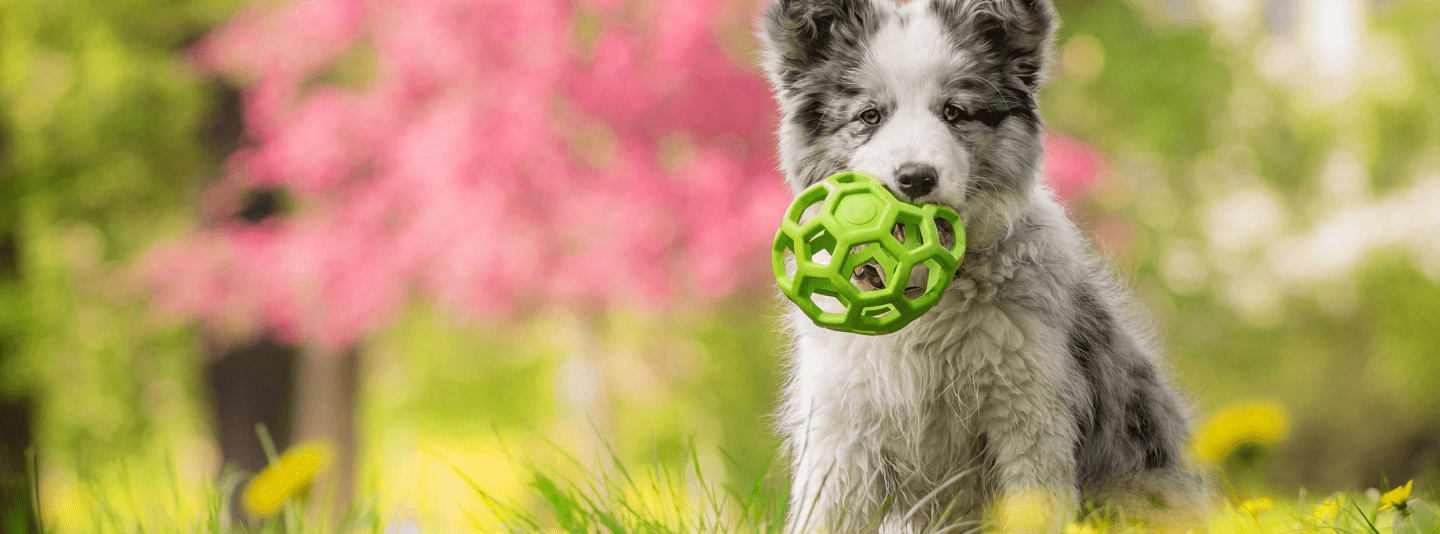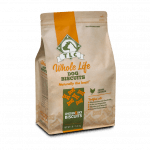Your cart is currently empty.
How to Survive Spring With a Pet
With every new season comes new risks and hazards for our pets. Knowing what new dangers arrive with the turn of the season will help you know what to prepare for, what to watch out for, and what to avoid.
Prepare for spring with these helpful pet safety tips:
The Spring Thaw
Spring is an exciting season that brings us warmer weather, brighter colors, and…mud!
As the spring thaw and rain begins, some illnesses, germs, and parasites are more common and can spread quite quickly. Pet parents might find their fur baby suddenly experiencing an upset stomach, lethargy, or loose stool. Keep an extra eye on your pet this time of the year to ensure they aren’t putting objects from outside in their mouth and limit their interaction with other dogs.
Never let your pet drink out of puddles, and be sure to wipe their paws when you come in from a walk. Taking these precautions will help to avoid digestive upset and loose stool.
Seasonal Allergies
Just like humans, dogs can also suffer from seasonal and environmental allergies.
Unfortunately, this means some pets will experience itchy skin and paws, dermatitis, and sneezing. Although you may not be able to avoid allergies such as pollen entirely, it’s best to try and avoid the allergen whenever possible. Other things you can do include sticking to residential sidewalks and avoiding open fields or washing their paws when you get home to remove pollen and grass.
Garden Dangers
Emerging flowers and gardens are one of the best parts of spring; however, with the beautiful colors and fragrance comes dangers for your pet. Before planting your own garden this spring, we recommend taking some time to research the plants you wish to include. Many common plants are poisonous to pets and should be avoided or fenced off from access.
For example, if ingested, lilies, tulips, hostas, and more can cause digestive upset and dangerous toxicity.
Be extra cautious letting your dog roam lawns and gardens in the spring; many people use different types of fertilizers and weed killers this time of year which can be hazardous for your pet.
Did you know?
Your pet’s appetite can be impacted by increased daylight and higher temperatures. As spring approaches, you may notice your pet is starting to eat less due to the hormonal changes they experience during the warmer months that slow their metabolism and feeding intake.





